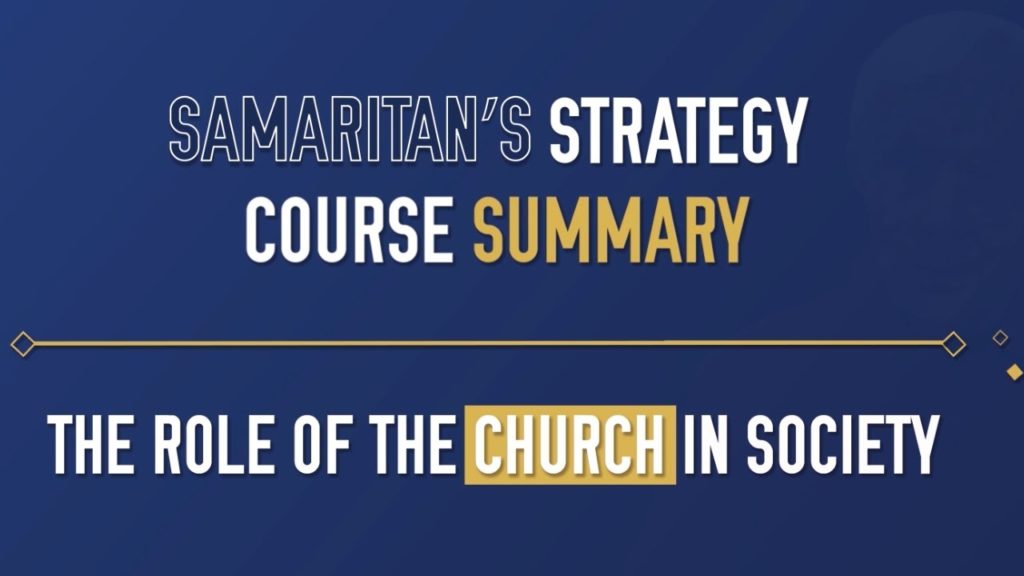The Samaritan Strategy
The Samaritan Strategy is Harvest’s contribution to Christian discipleship. The emphasis of our program is equipping followers of Jesus for a lifestyle that consistently demonstrates God’s love – both individually and corporately. Another way to say this is that we equip those who follow Jesus to “be His hands and feet.”
The Curriculum
The curriculum of the Samaritan Strategy contains 8 core lessons plus supplemental topics. The core lessons can be taught in an intensive one week of full-day sessions, or they can be spread out over weeks or months of shorter sessions. The lessons are designed to be interactive between instructor and students, and are focused on student application of the ideas presented. The most common classes consist of 10-20 students who are church leaders from the majority world. The physical location is often a local church, on occasion the sessions are conducted remotely by Zoom. The Instructors are people whom Harvest has trained and certified.
Scriptural Foundation
The term comes from the Parable of the Good Samaritan in Luke 10. In this passage Jesus responds to life’s BIG question – “How can I obtain eternal life?” The question was not a desire to know the answer but to see how Jesus would respond to the question. Knowing this, Jesus said, “You are a Scripture scholar, what does Scripture say?” The scholar answered the question with the Great Commandment – to love God and neighbor. Jesus responded, “Good, now do it.” Bothered in his conscience about the neighbor part, the scholar asked, “Yes, but who is my neighbor?”
Jesus responded with the parable of the Good Samaritan. In the parable there are two categories of people who could demonstrate God’s love to a neighbor: 1) those who supposedly were correct in their beliefs/faith but didn’t live out their “belief,” and 2) one who had questionable beliefs but who actually demonstrated love. After Jesus told the parable, he in essence asked the scholar, which of the two categories represented obedience to the Scripture. The scholar responded that it was the second. Jesus capped the conversation with the instruction that the scholar should prove his beliefs by how he lived.
This is not a salvation by works story. Instead, it is one of the many reminders in the Bible that real faith is verified by how we live.
Harvest’s Samaritan Strategy is both a reminder of this truth and the provision of practical tools that can equip individuals and local churches to live-out their faith in the family, in the church, and in the multiple communities in which we live.
We are passionate about this strategy because we believe that one of the most effective and lasting ways to draw those who don’t know Jesus to him is by living lives that incarnate his love.
How to Get Started
- Contact our Global Coordinator and explore how you can initiate or join an upcoming training.
- Study the curriculum yourself. Implement the content, and then teach it if the Lord prompts you.
How to Get Started
- Contact the Regional Coordinator in your area of the world and explore how you can initiate or join an upcoming training.
- Contact our Global Coordinator
- Study the curriculum yourself. Implement the content, and then teach it if the Lord prompts you.
Sign up for a free introduction to our flagship training: Samaritan’s Strategy
Notes about the Curriculum
The suggested order of lessons is indicated by their number.
Our content is copyrighted with the intention that it cannot be copyrighted by others but may be freely used by others.

